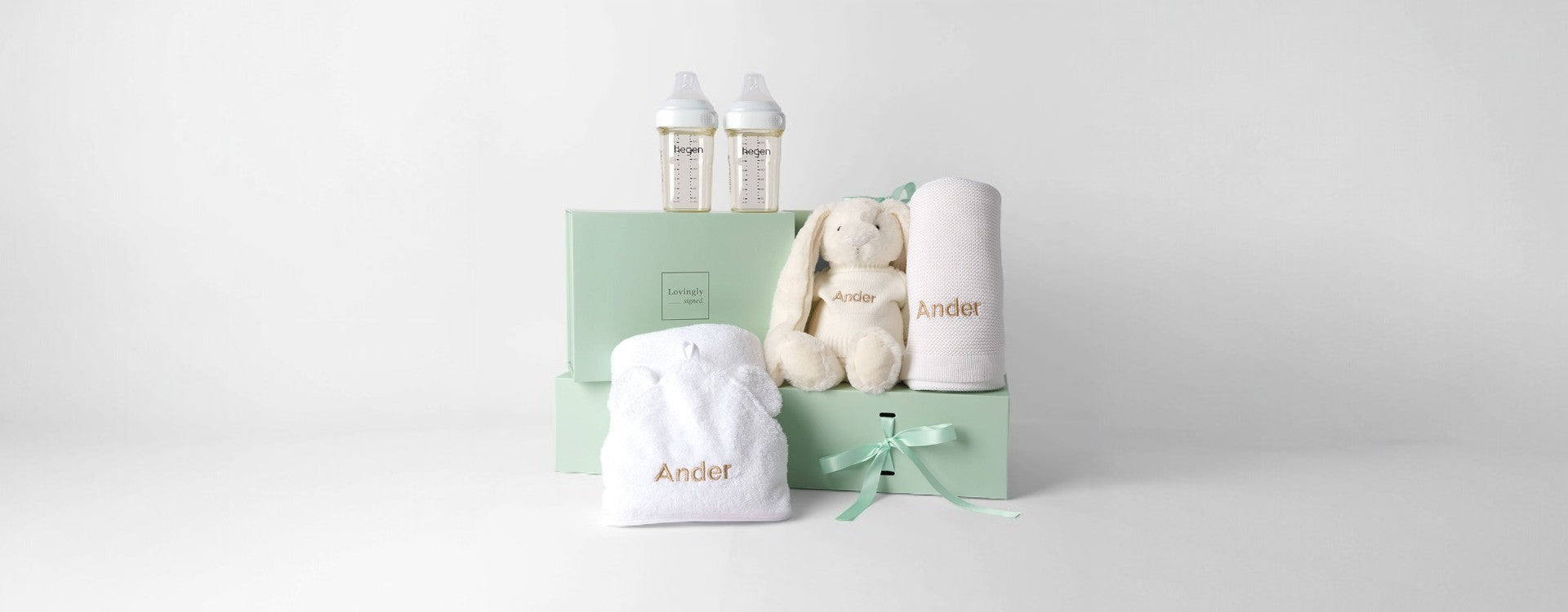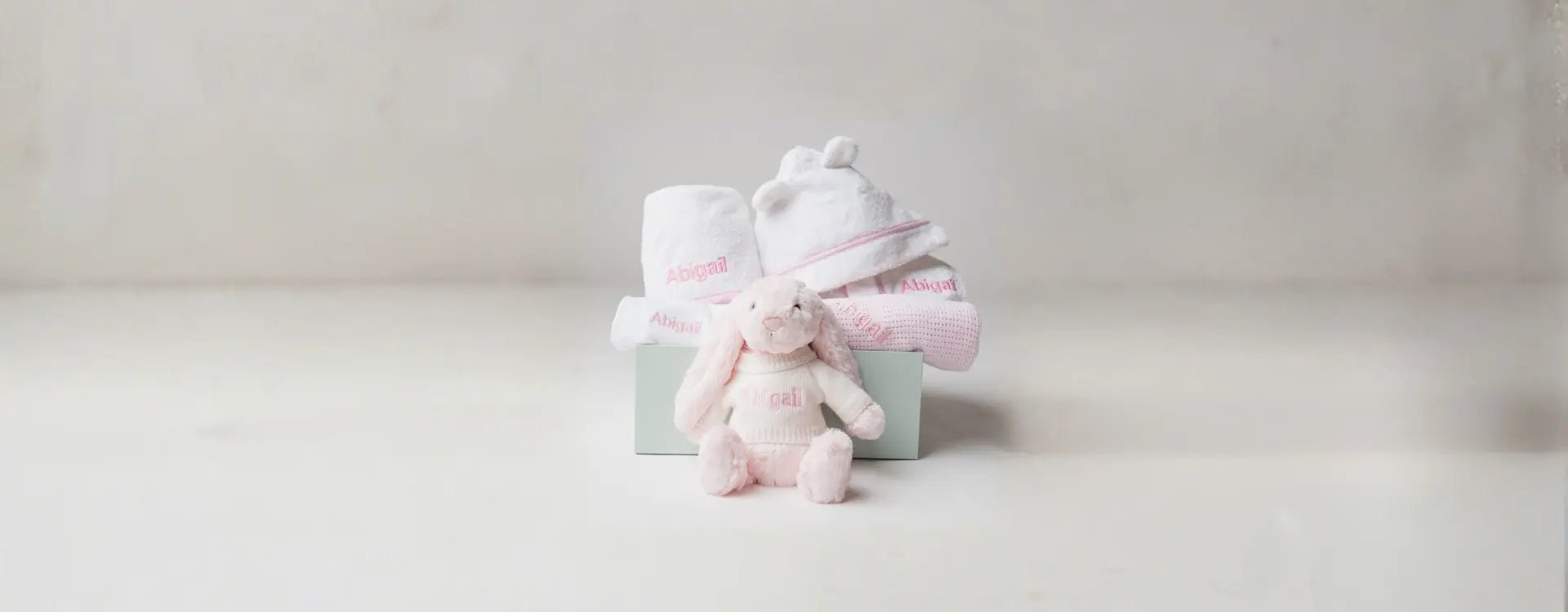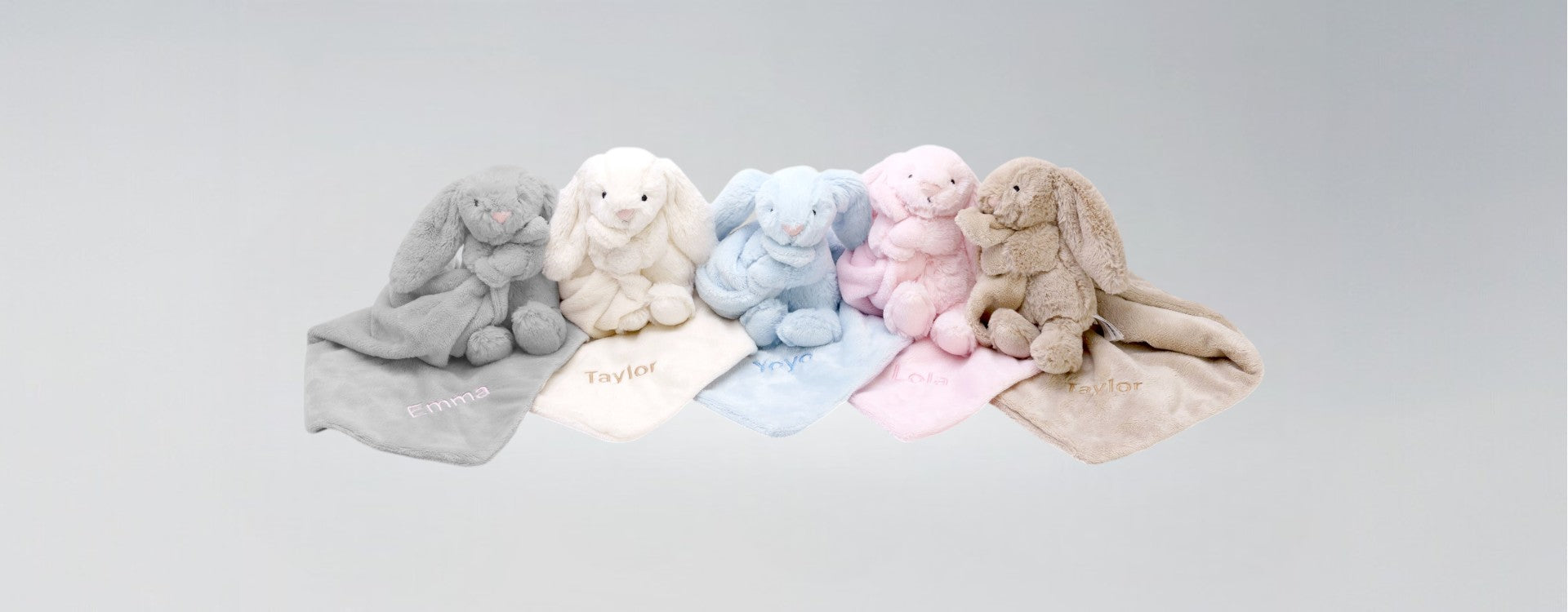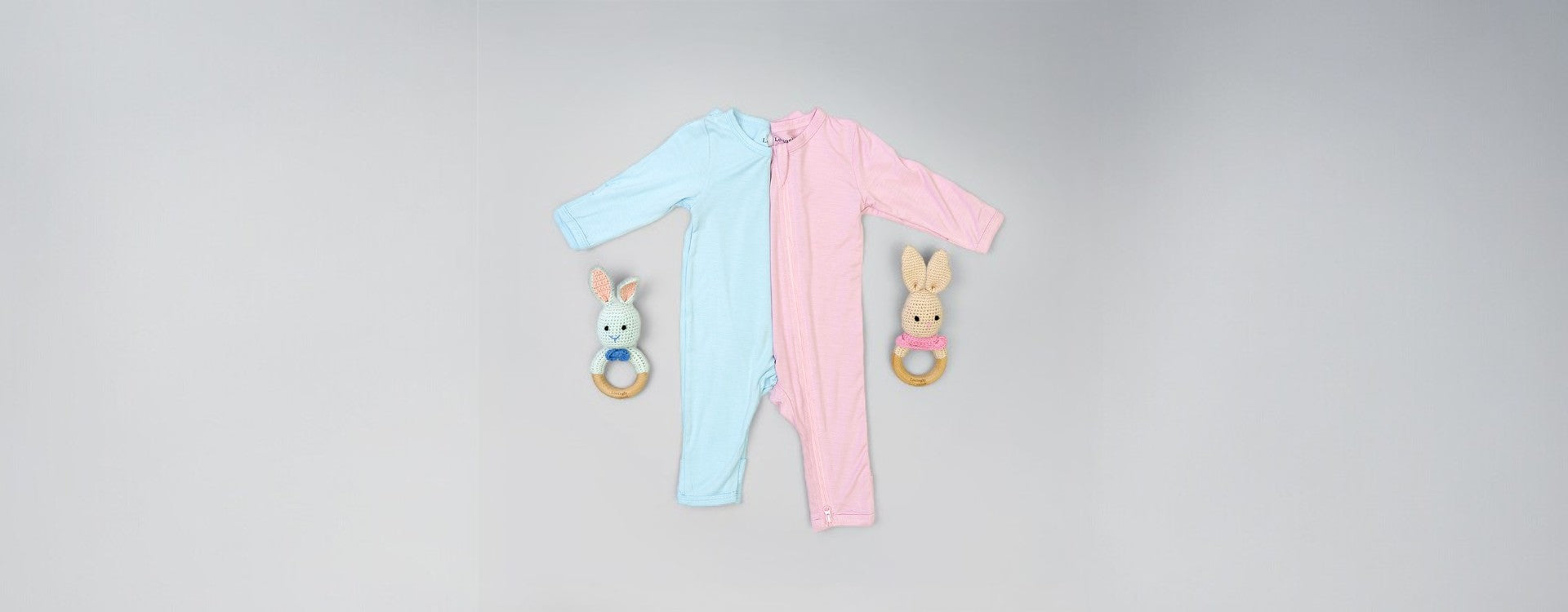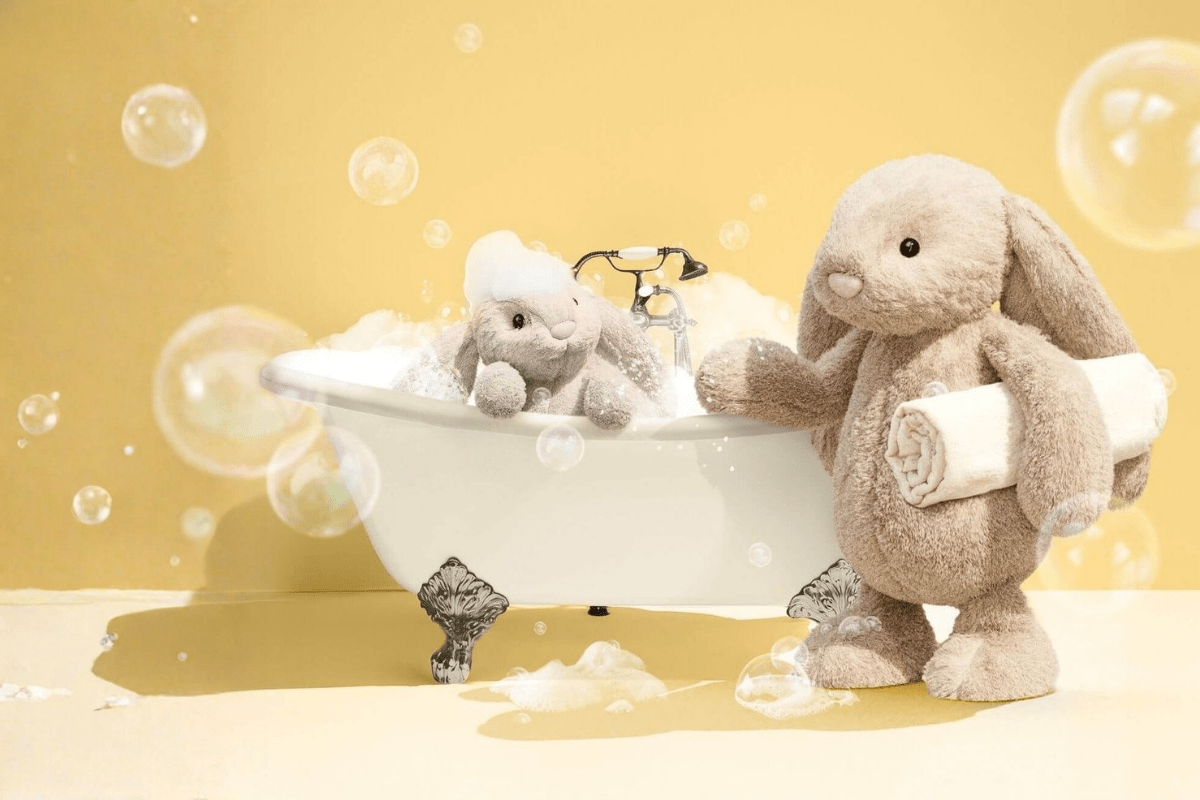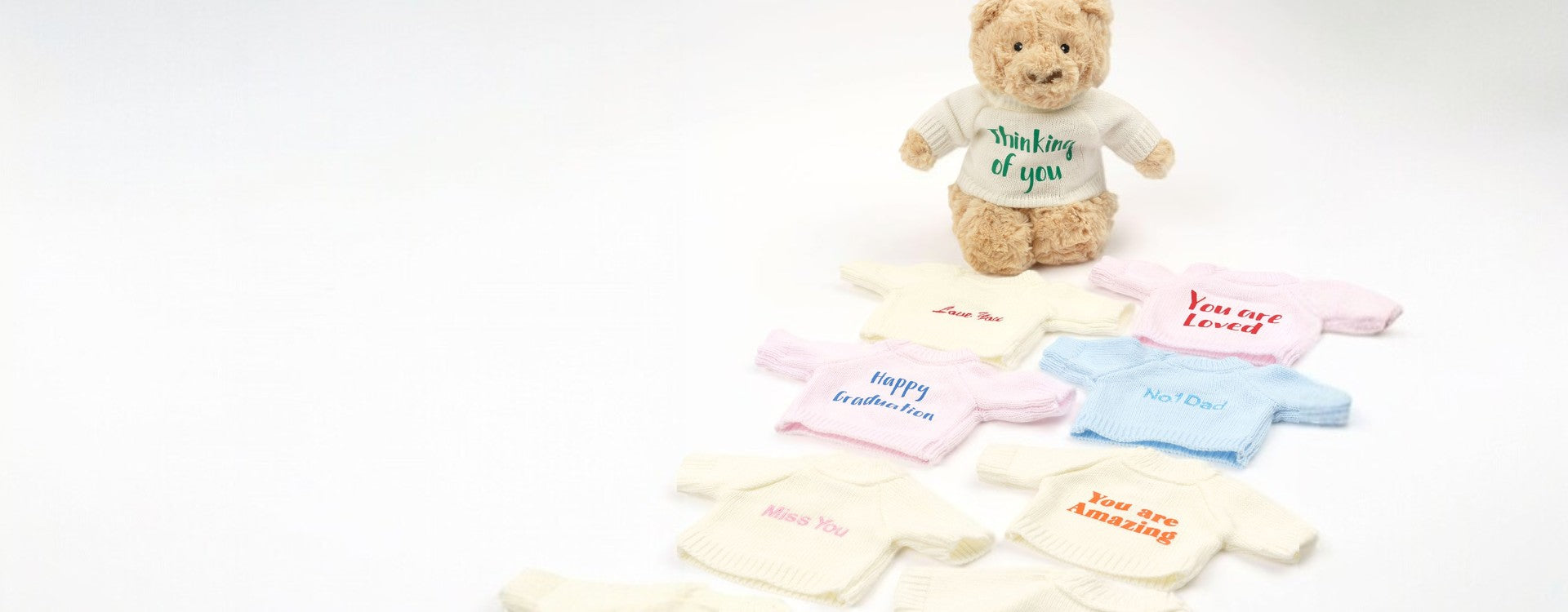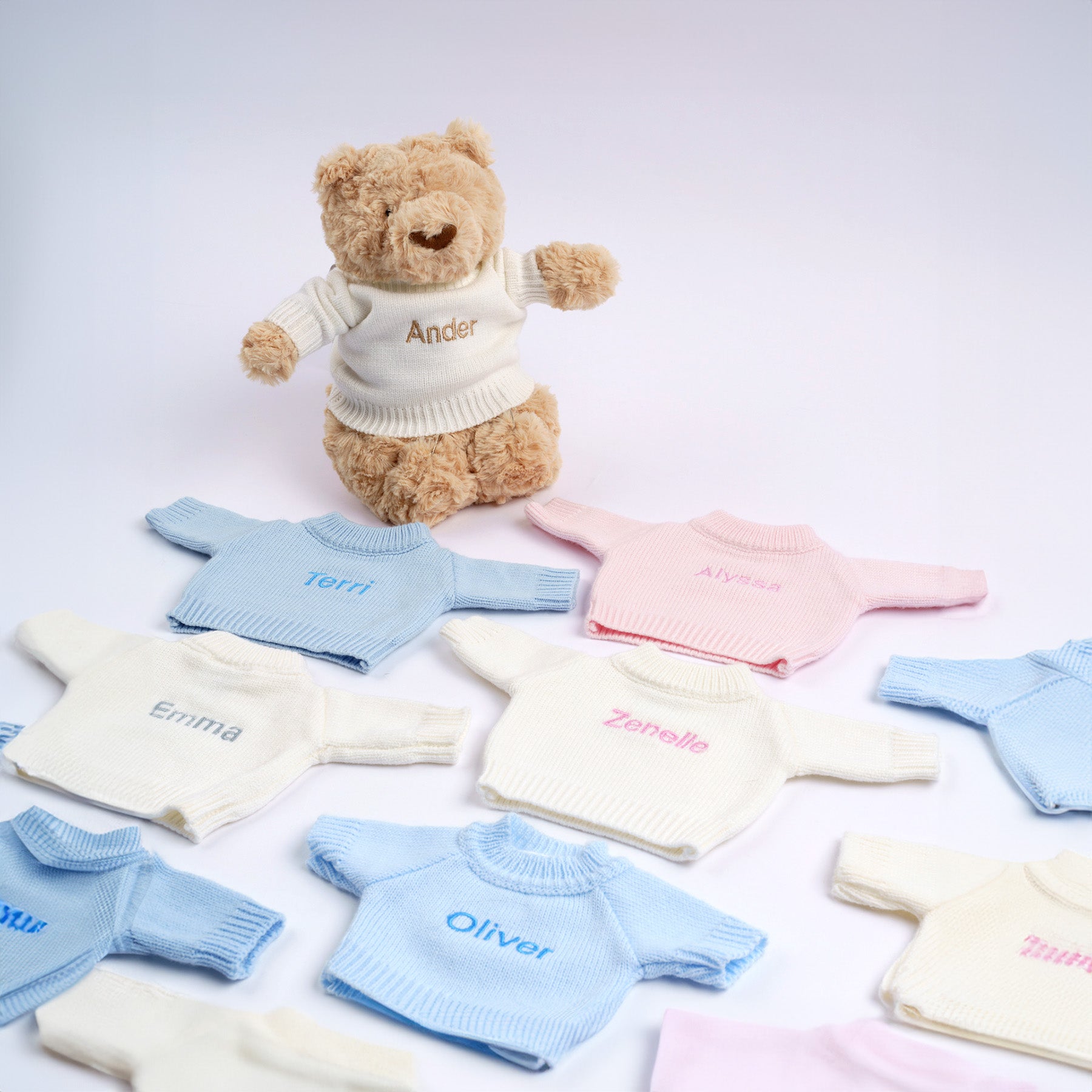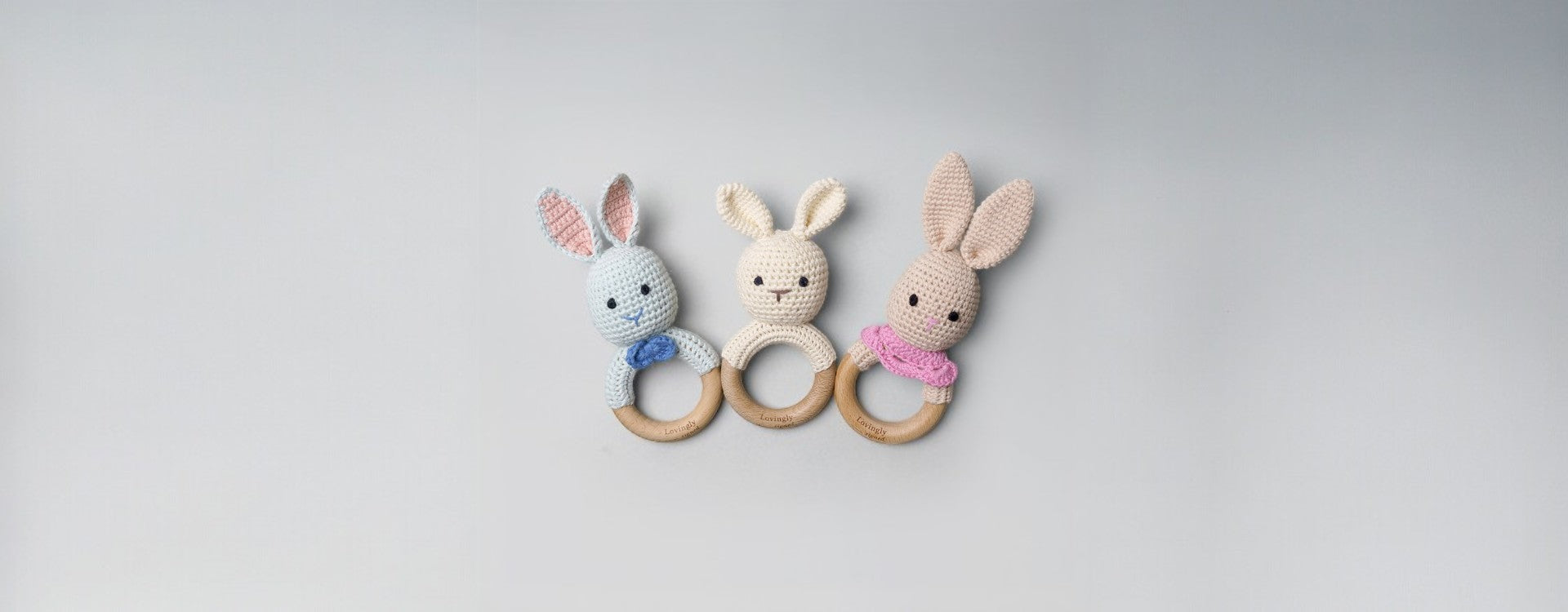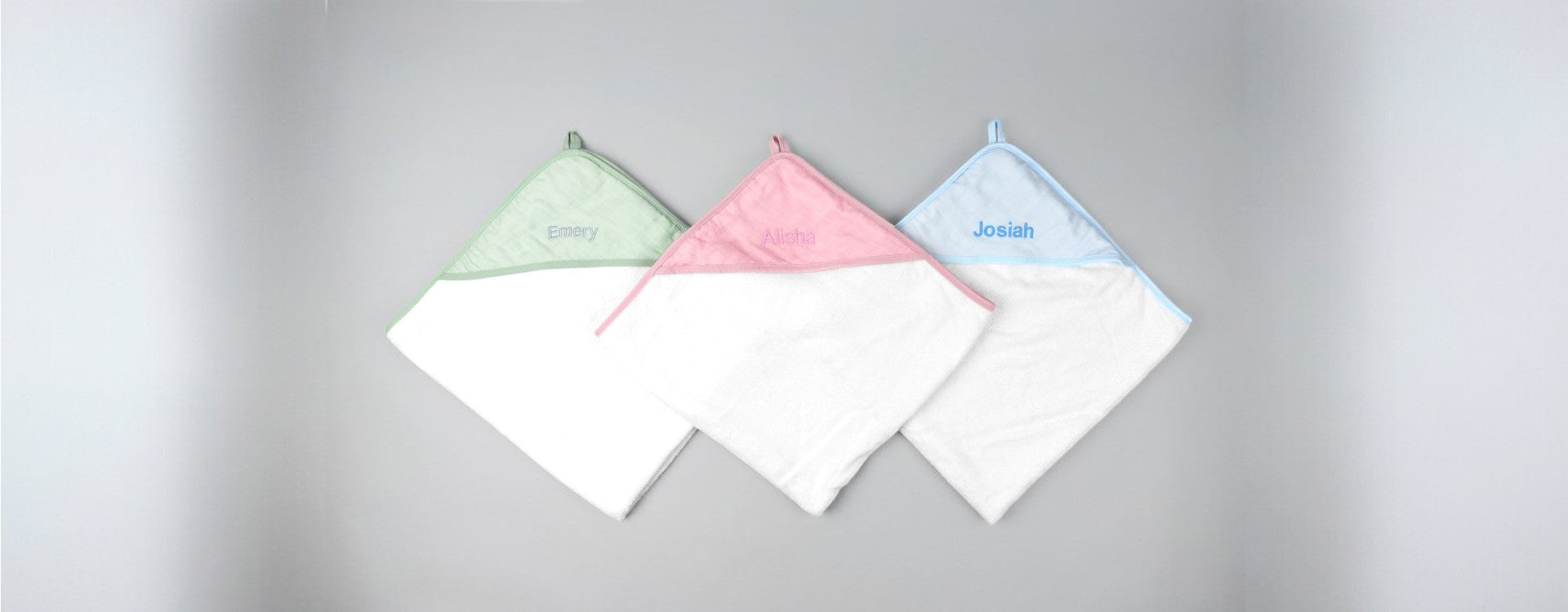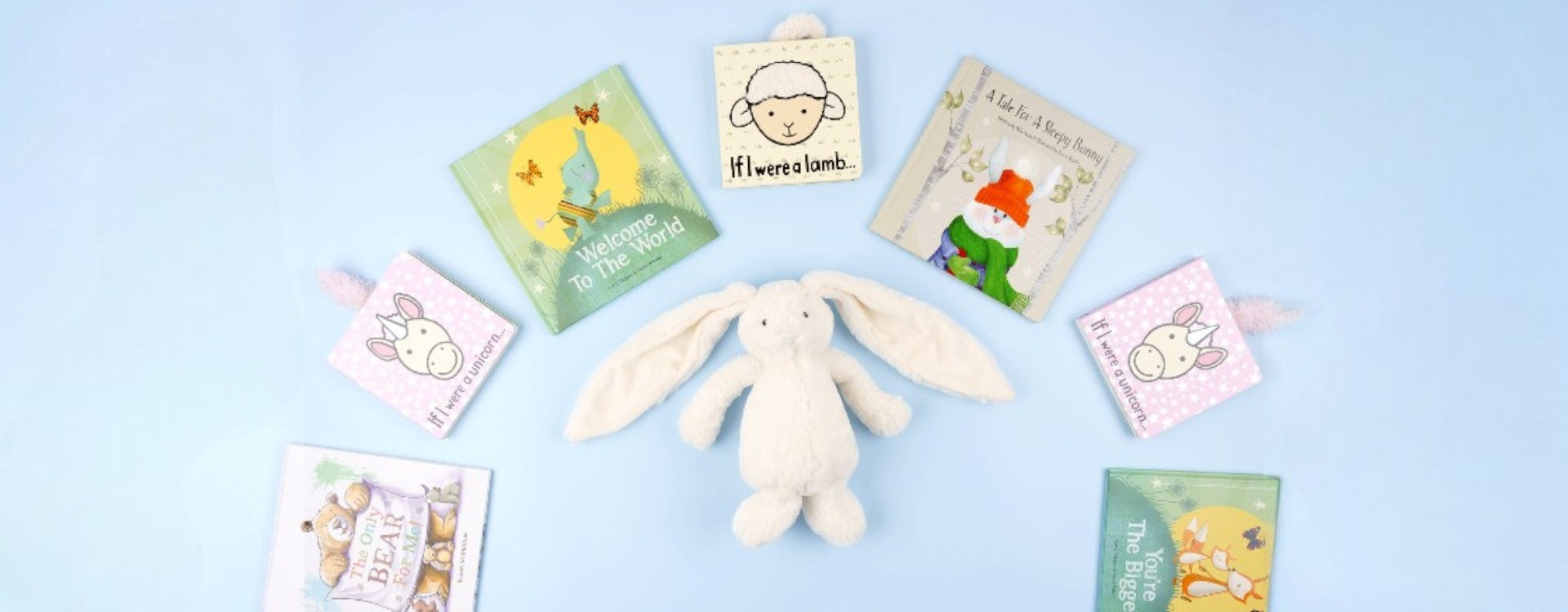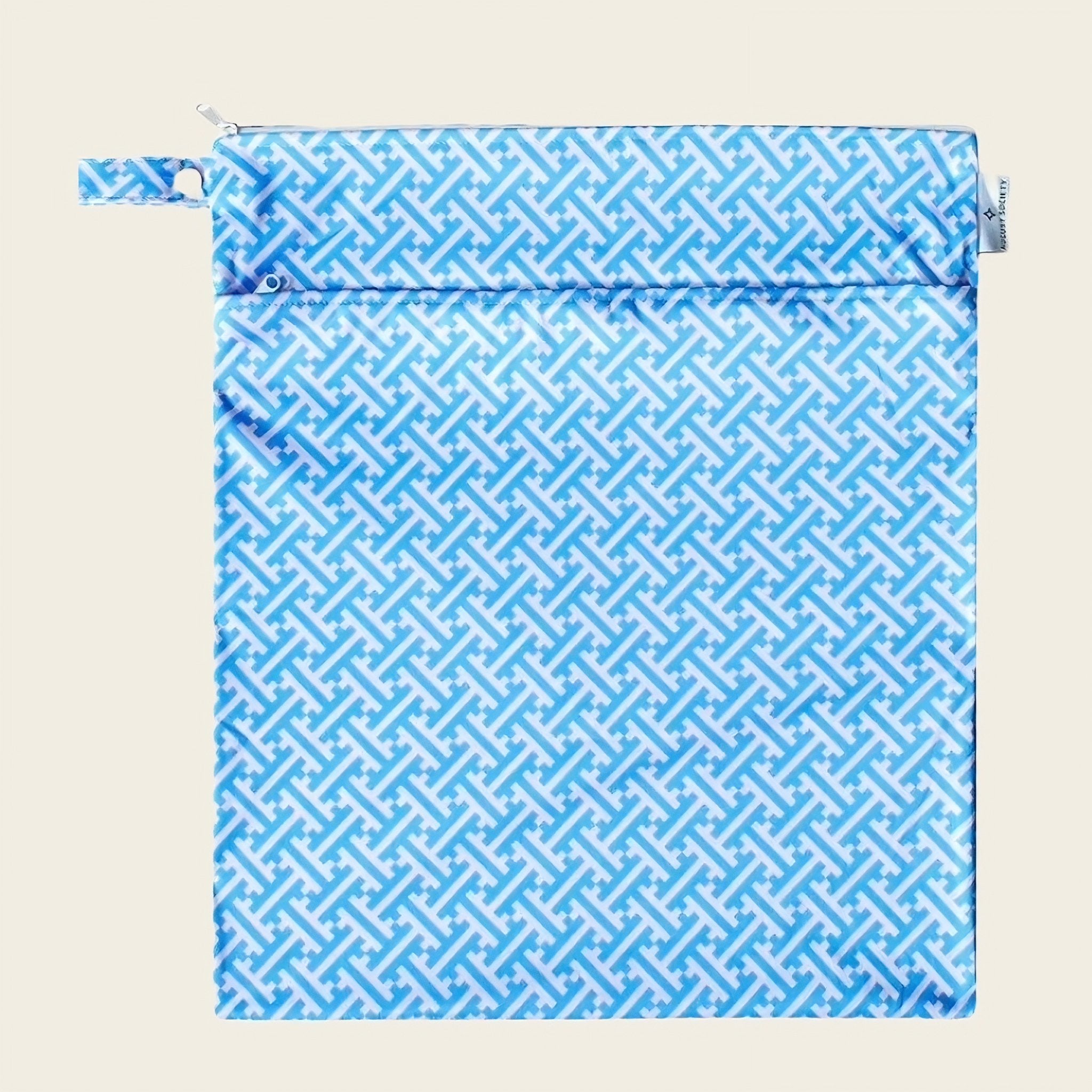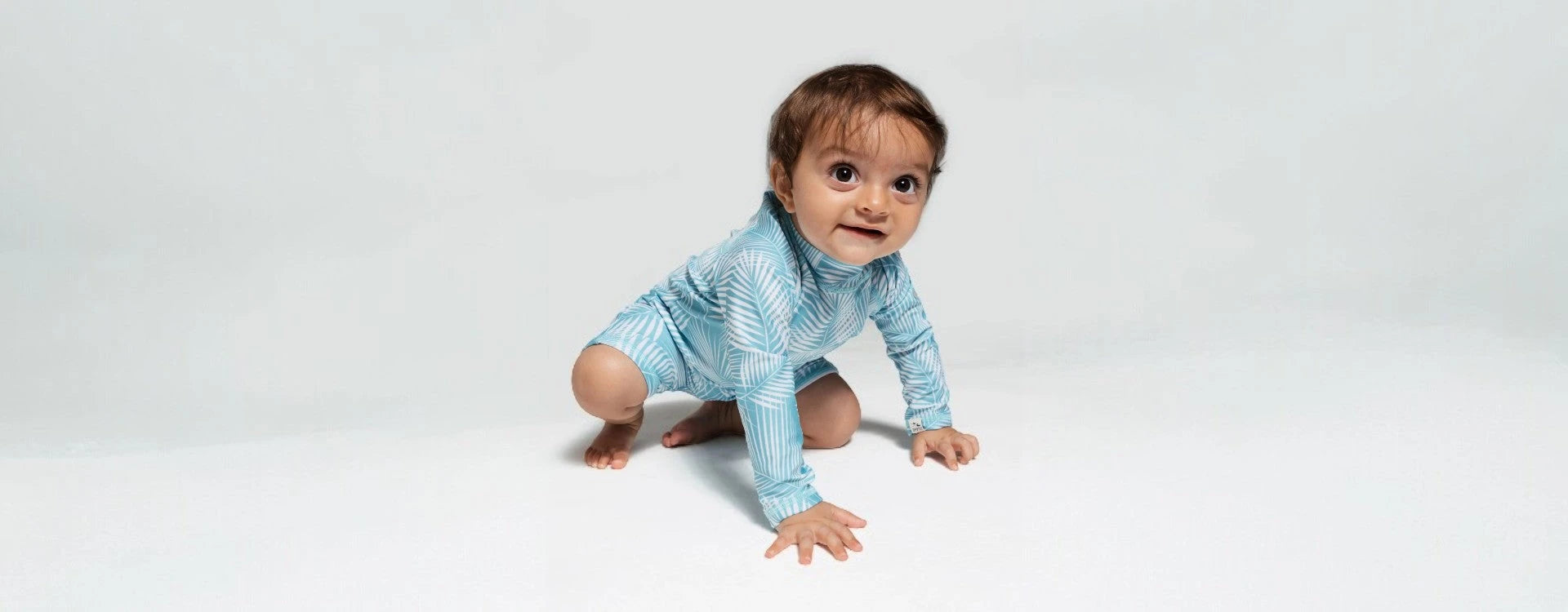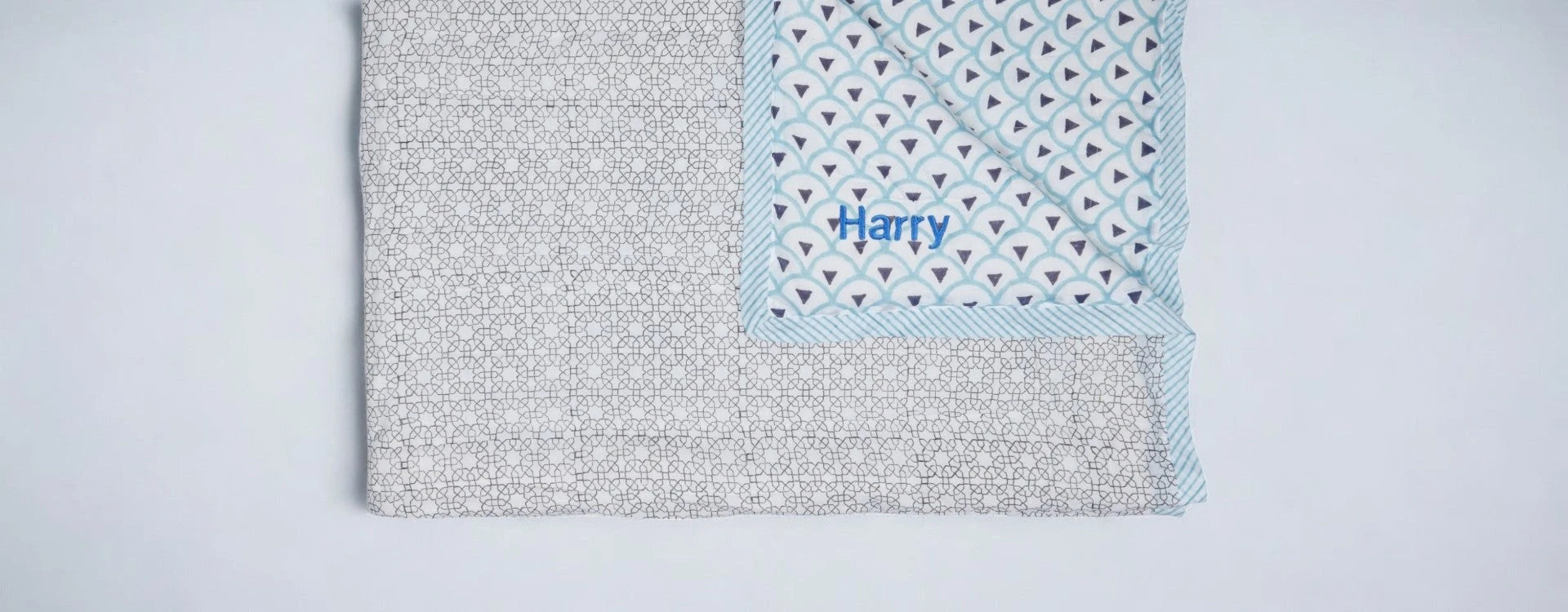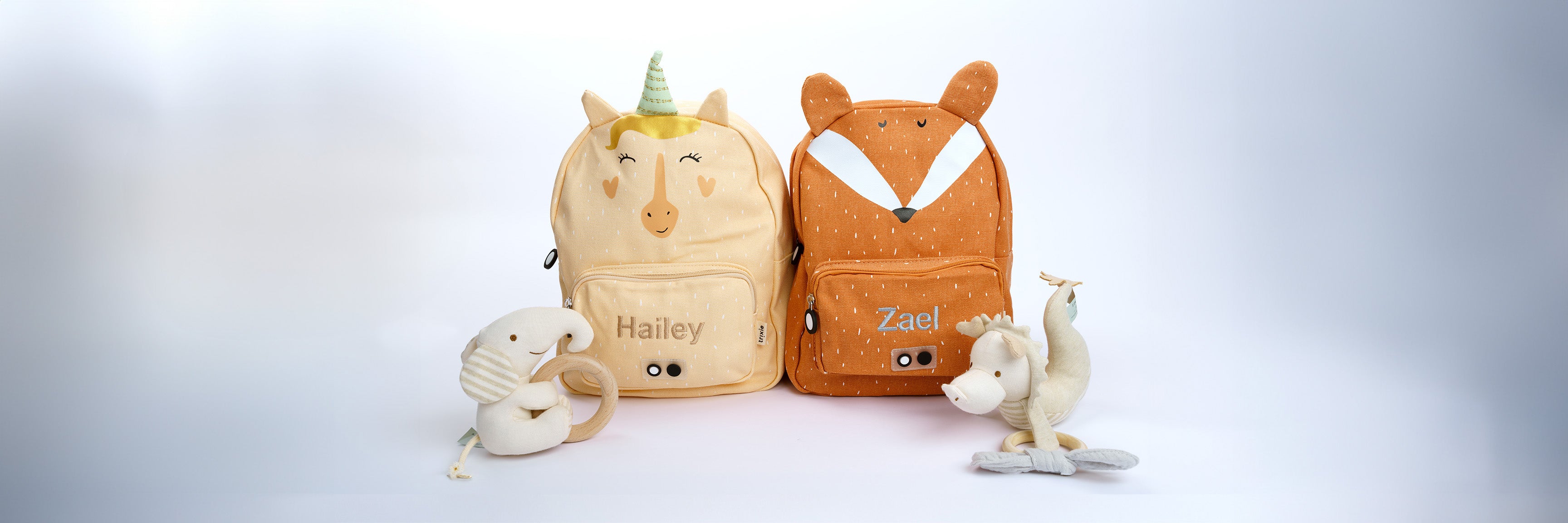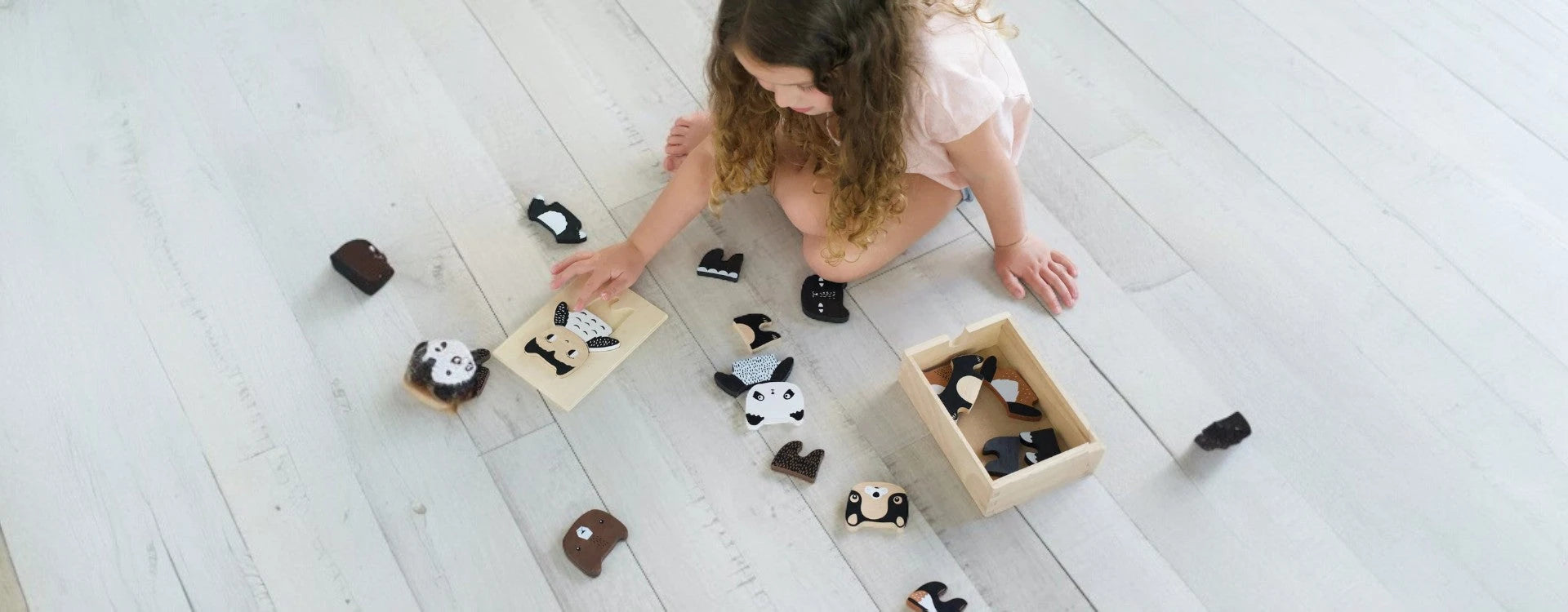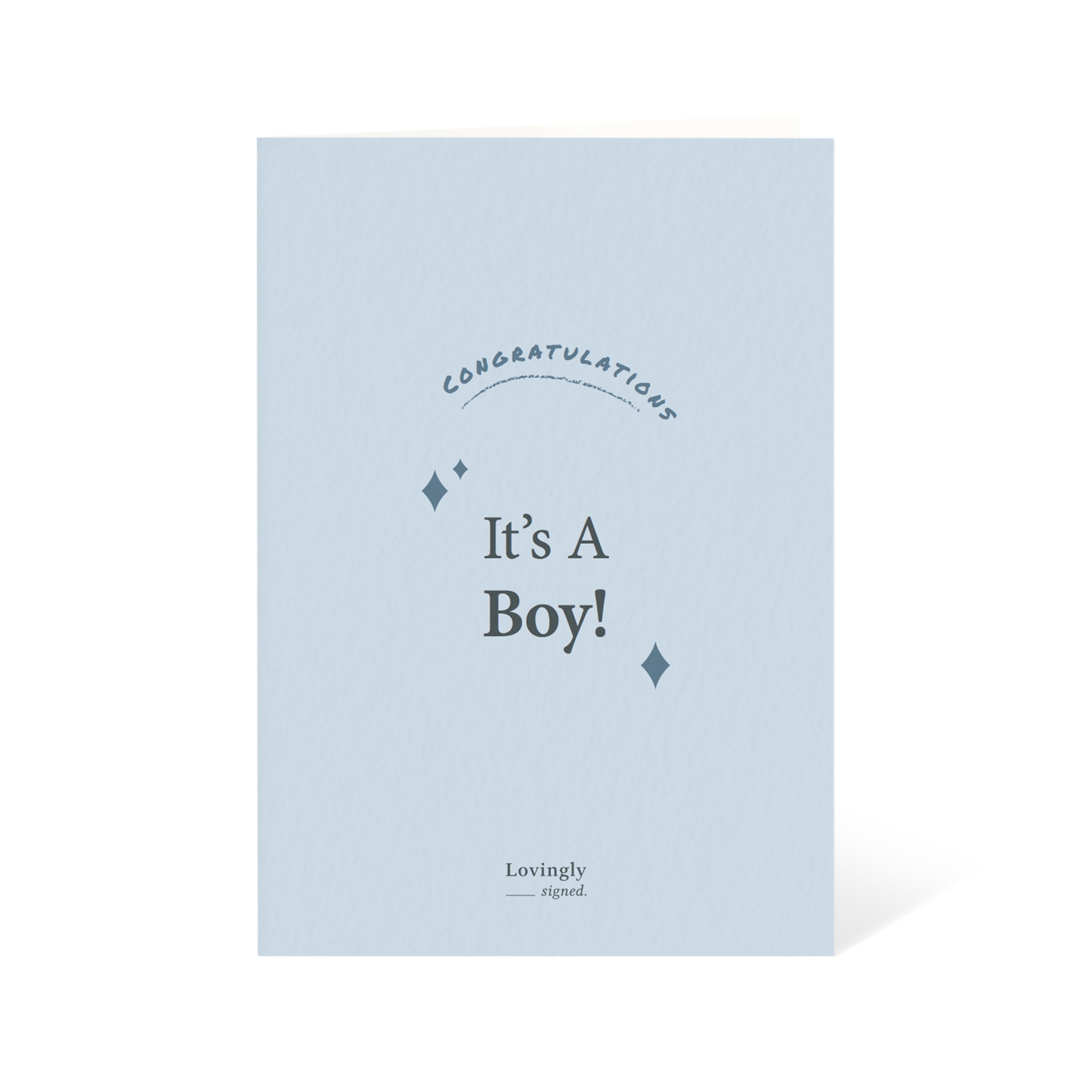Breastfeeding: Navigating Common Challenges and Solutions
Breastfeeding is a beautiful and natural way to nourish your baby. However, breastfeeding sometimes comes with its own set of challenges. If you're facing struggles with breastfeeding, don't give up! With knowledge, support, and some practical solutions, you can overcome these hurdles and continue your breastfeeding journey.
Here are 10 common breastfeeding challenges and ways to navigate them:
- Painful Latch
A good latch is essential for comfortable breastfeeding. If your baby isn't latched on correctly, it can cause nipple pain and soreness.
- Solution: Seek assistance from a lactation consultant or breastfeeding specialist. They can help correct your baby's positioning and offer tips for a deeper, more comfortable latch.
- Sore or Cracked Nipples
Pain that persists beyond the initial latch may signify cracked or damaged nipples.
- Solutions:
- Ensure a proper latch.
- Gently apply purified lanolin cream or a healing nipple balm after feedings.
- Start with shorter feeding sessions to give your nipples time to recover.
- Speak to your healthcare provider if pain is severe or persists.
- Low Milk Supply
Some mothers worry their milk supply isn't enough to sustain their baby.
- Solutions:
- Nurse frequently on demand – the more you breastfeed, the more milk your body produces.
- Pump between feedings to boost supply.
- Ensure you're well-hydrated and eating nutritious food.
- Consult with a lactation consultant to assess if supplementation is necessary.
- Engorgement
When your breasts become overly full and hard, it can be uncomfortable and make latching difficult.
- Solutions:
- Massage your breasts gently before feeding.
- Nurse frequently to drain milk effectively.
- Apply warm compresses or take a warm shower to relieve discomfort.
- Hand-express a small amount of milk to soften the areola for latching.
- Plugged Ducts
A plugged milk duct feels like a hard lump and can lead to redness and pain.
- Solutions:
- Apply warm compresses and massage the affected area.
- Use different feeding positions to drain all areas of the breast.
- Nurse frequently, starting on the affected side.
- Consult a lactation consultant if the plug doesn't clear.
- Mastitis
Mastitis is an infection of the breast tissue, often caused by engorgement or a plugged duct. Symptoms include fever, flu-like aches, and a painful, swollen breast area.
- Solution: Seek immediate medical attention. Antibiotics may be needed. Continue nursing the baby frequently, even on the affected side.
- Thrush
Thrush is a yeast infection causing burning or itching nipples and white patches in the baby's mouth.
- Solution: See your doctor or a lactation consultant. Antifungal medication is needed for both mum and baby.
- Baby Refusal
Sometimes babies may fuss or refuse the breast. This can be due to teething, a milk flow that's too fast or slow, or changes in your scent.
- Solutions:
- Experiment with nursing positions.
- Eliminate distractions during feedings.
- Offer frequent, shorter feedings.
- Oversupply and Forceful Let-Down
A forceful spray of milk can cause your baby to choke or splutter during feeds.
- Solutions:
- Hand-express a little milk before nursing.
- Try block feeding – feed on one breast for several feedings before switching sides.
- Nursing Strike
A sudden refusal to breastfeed is called a nursing strike and can be related to distractions, baby's illness, or other changes.
- Solutions:
- Find a quiet, calm environment for nursing.
- Consider skin-to-skin contact to encourage bonding.
- Observe for signs that your baby has an ear infection or other illness.
